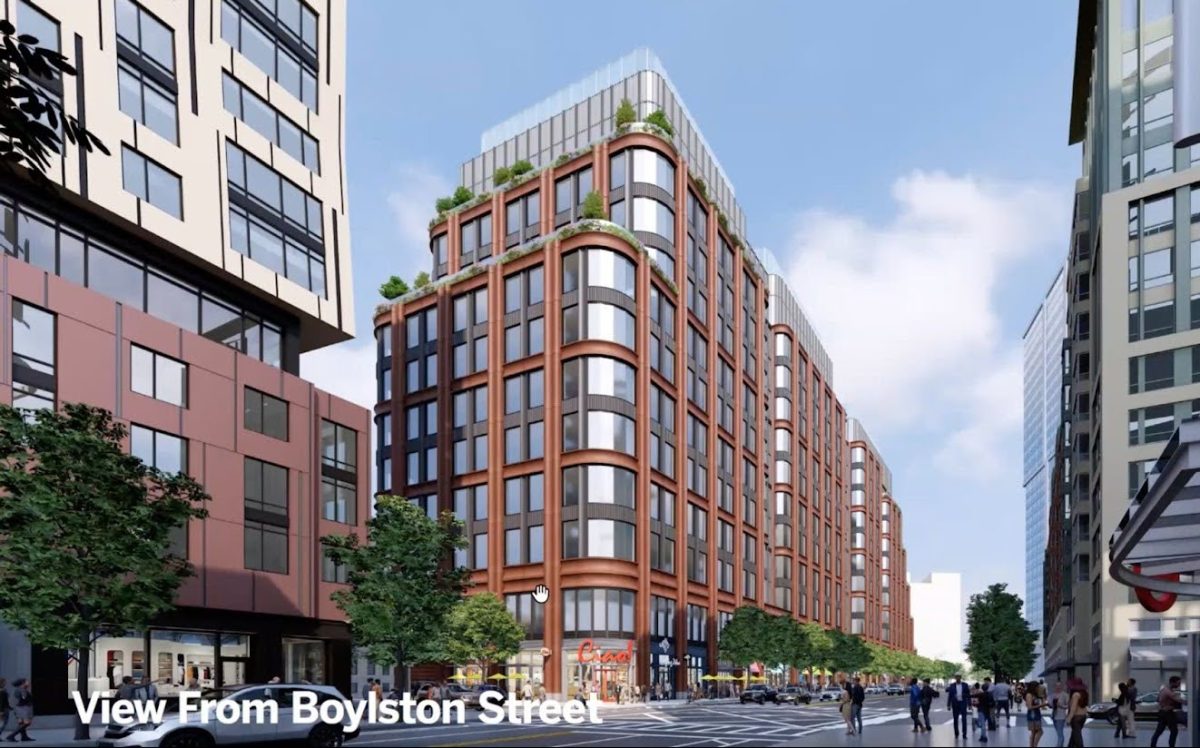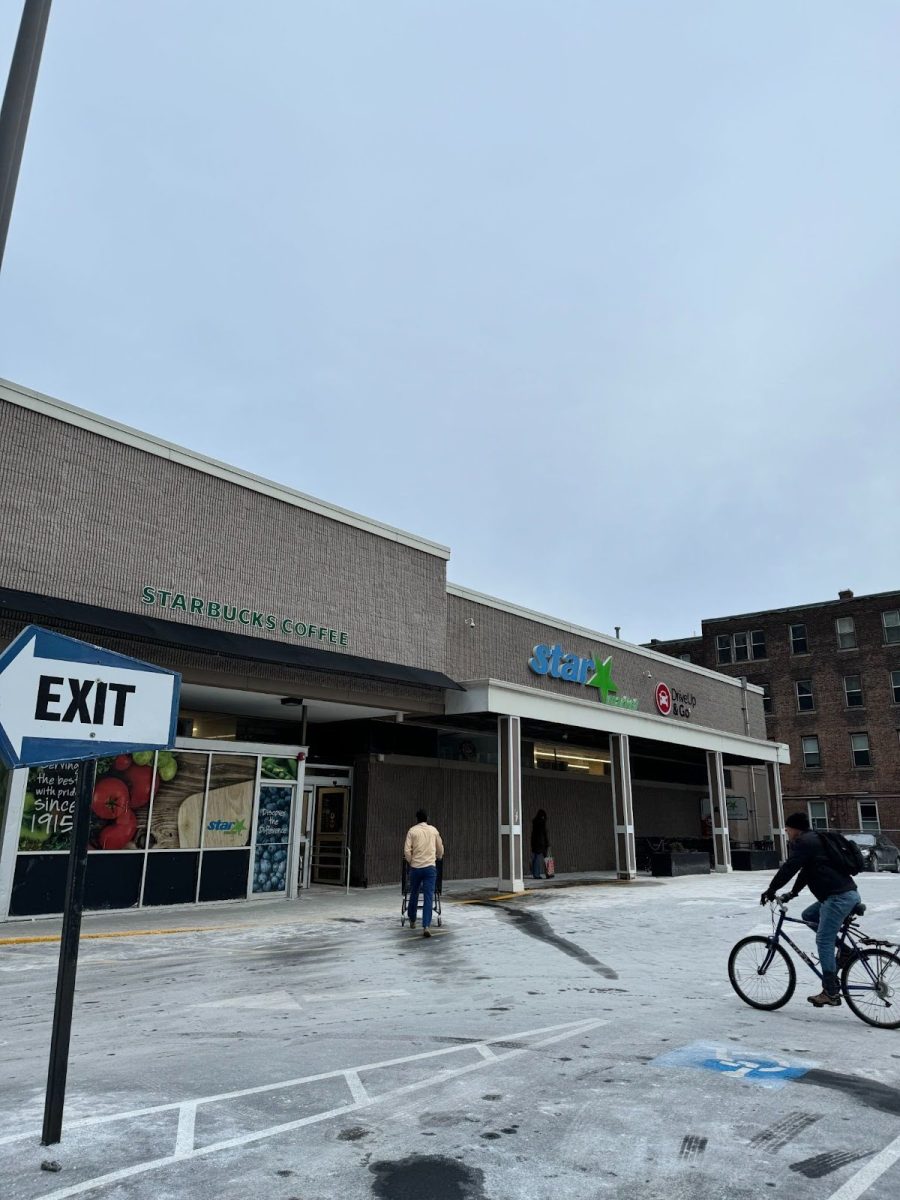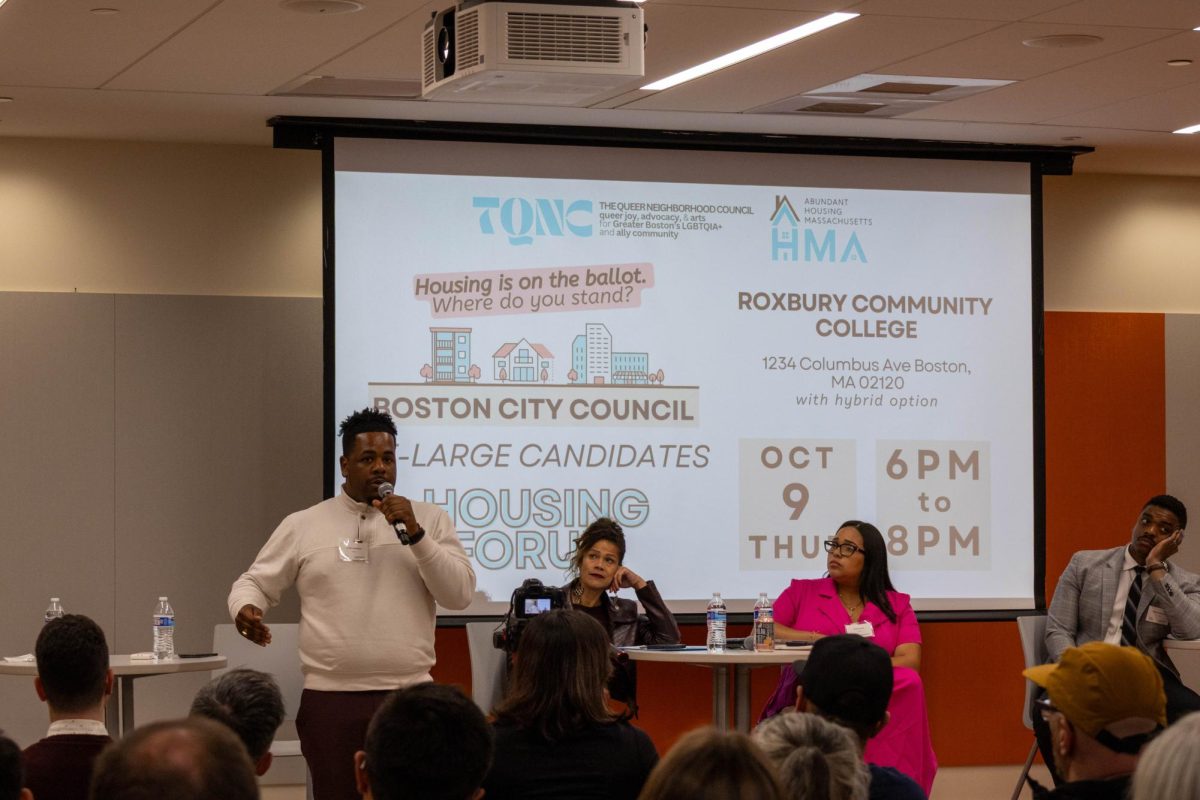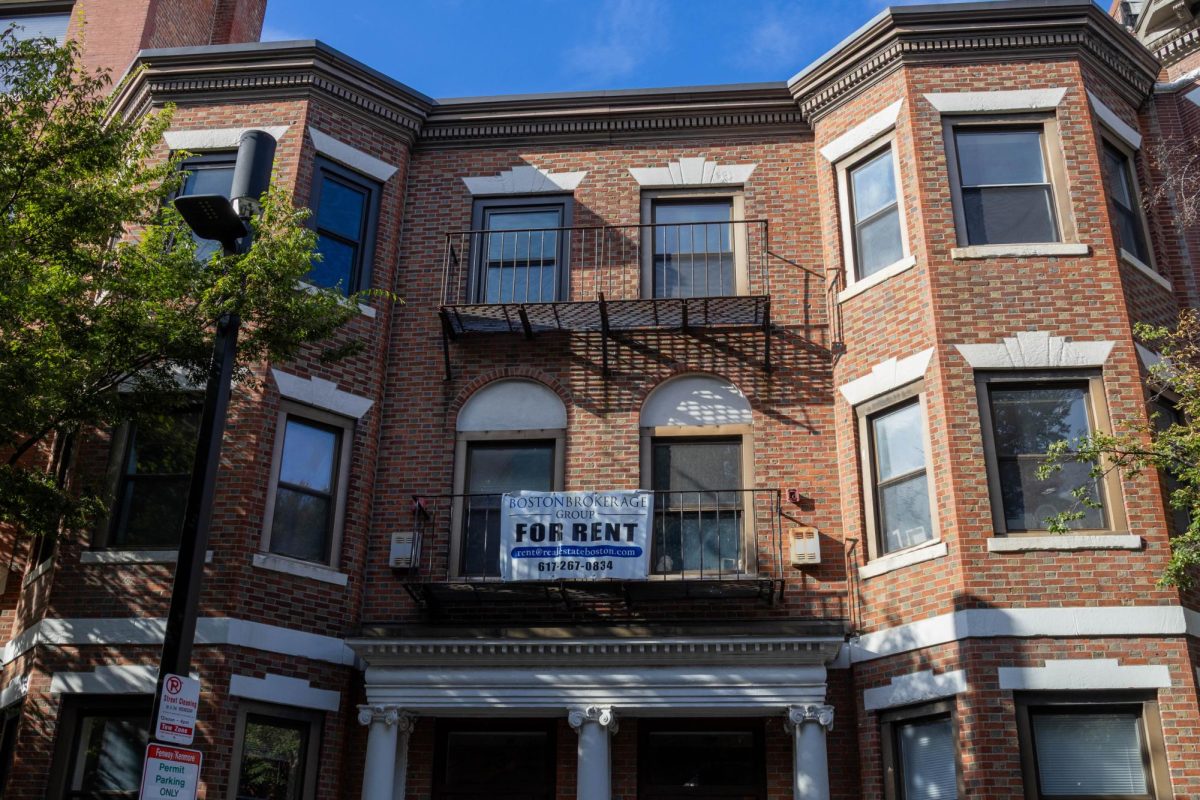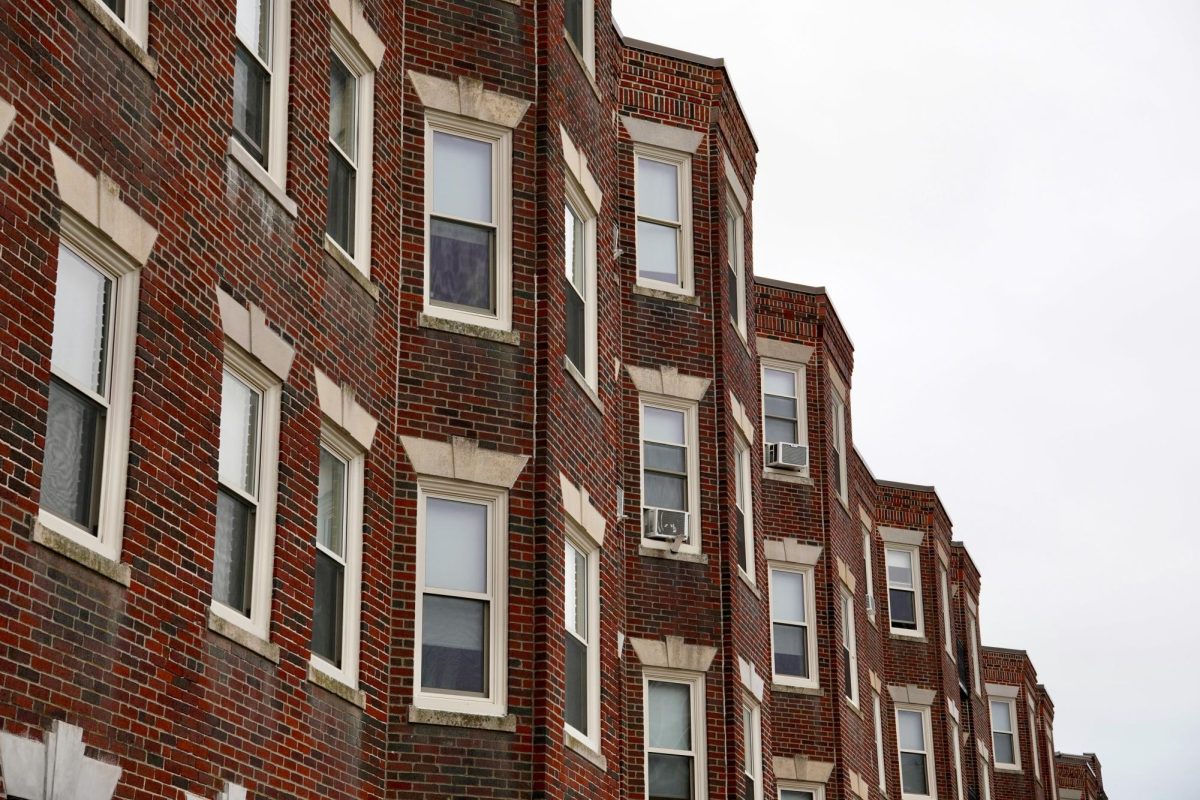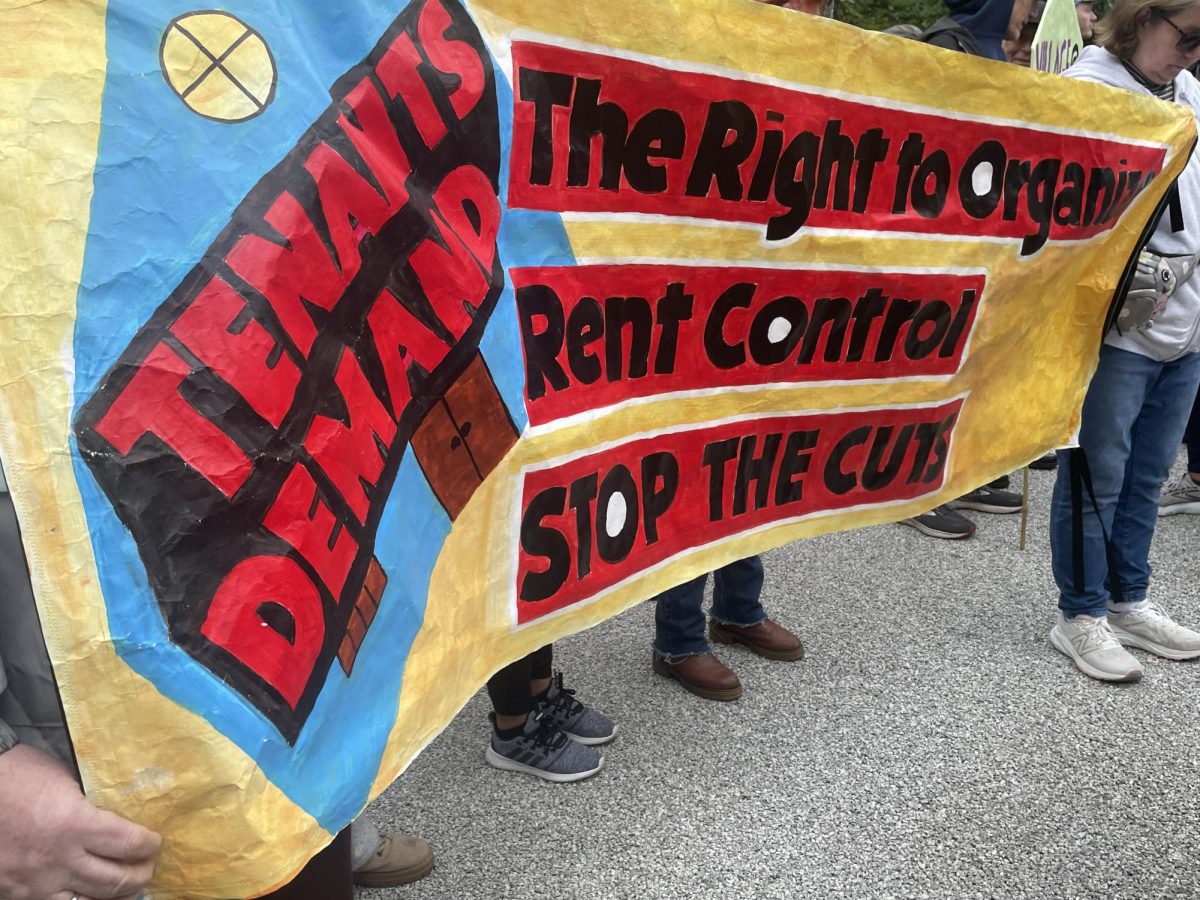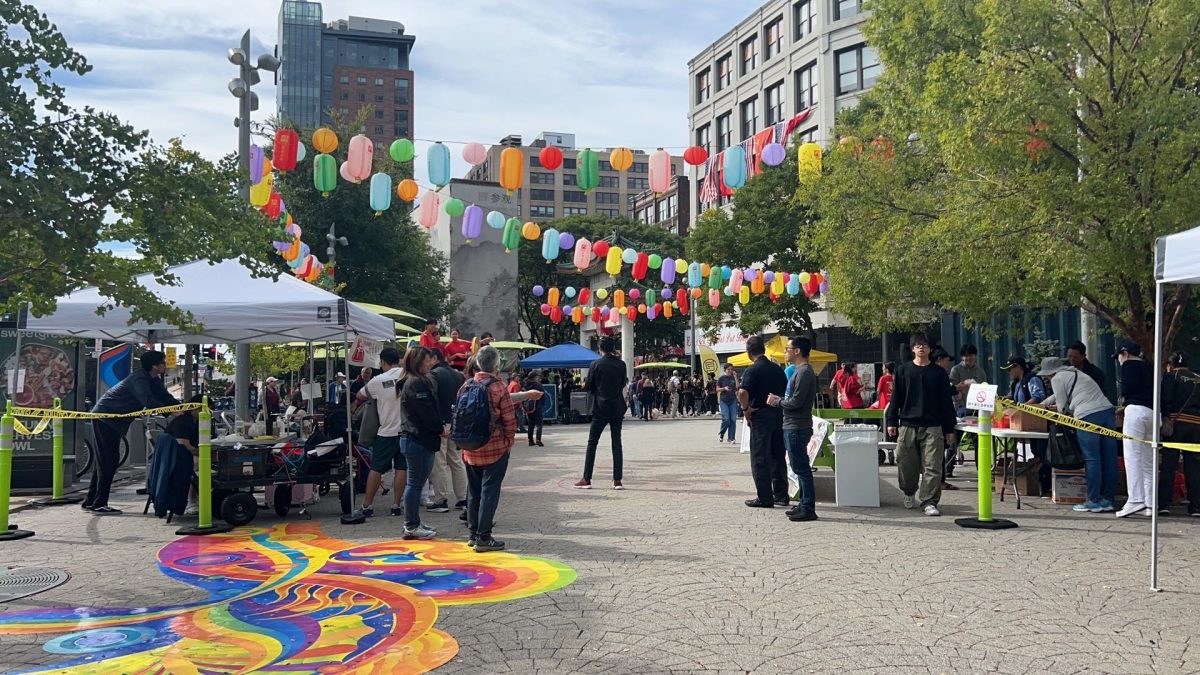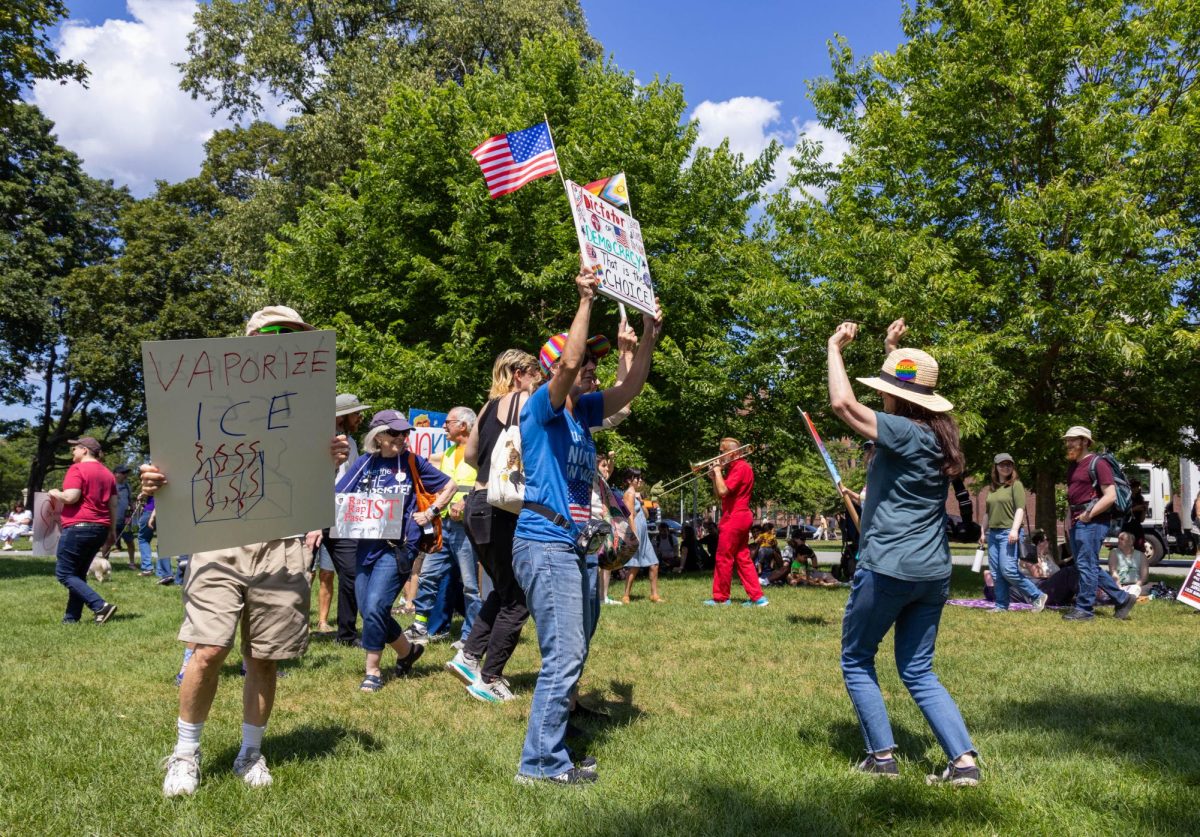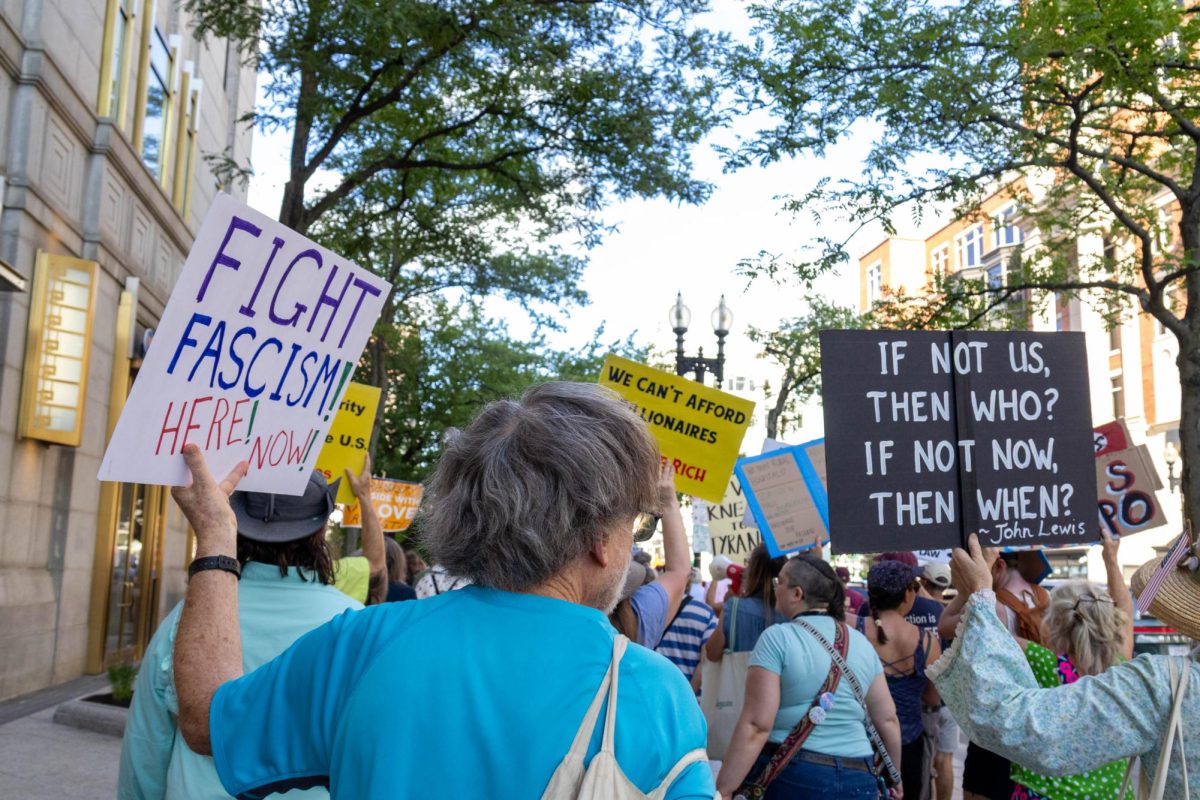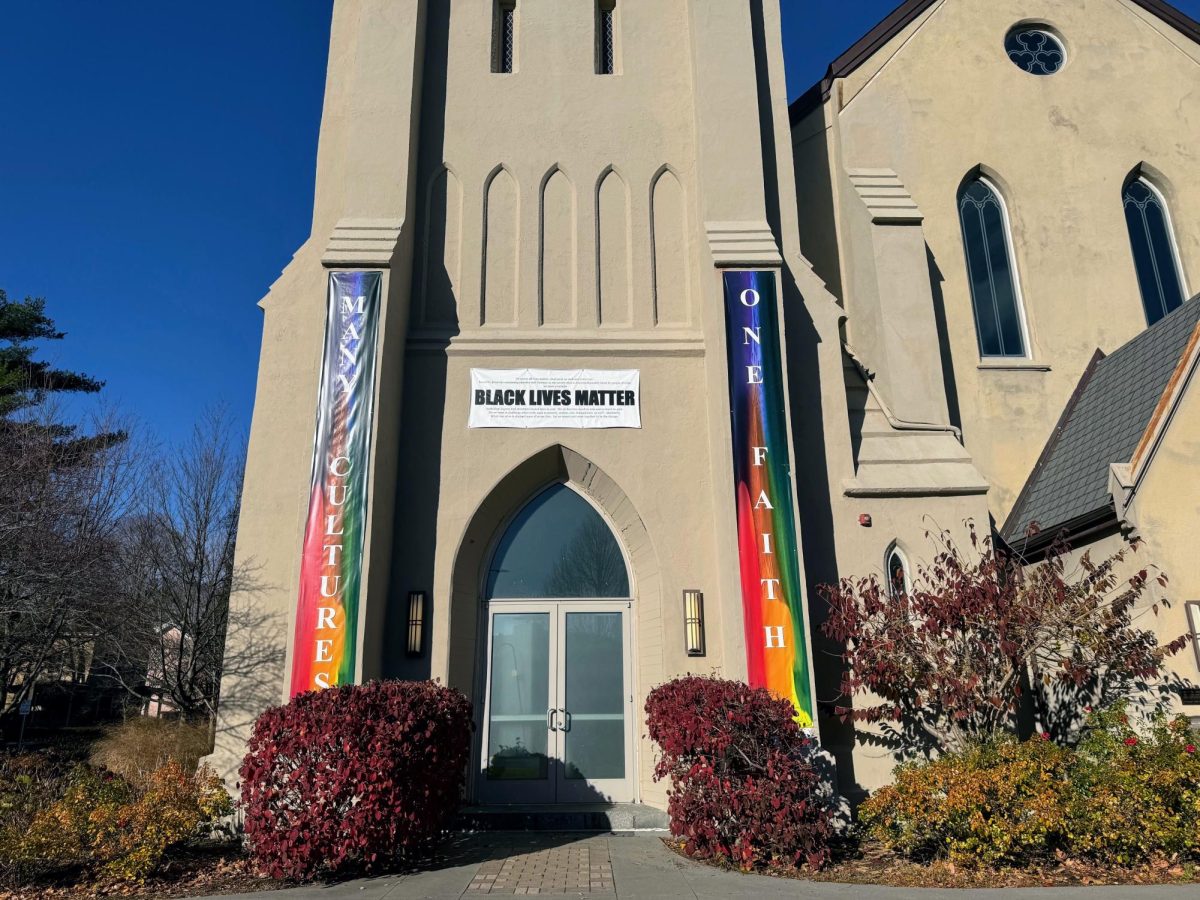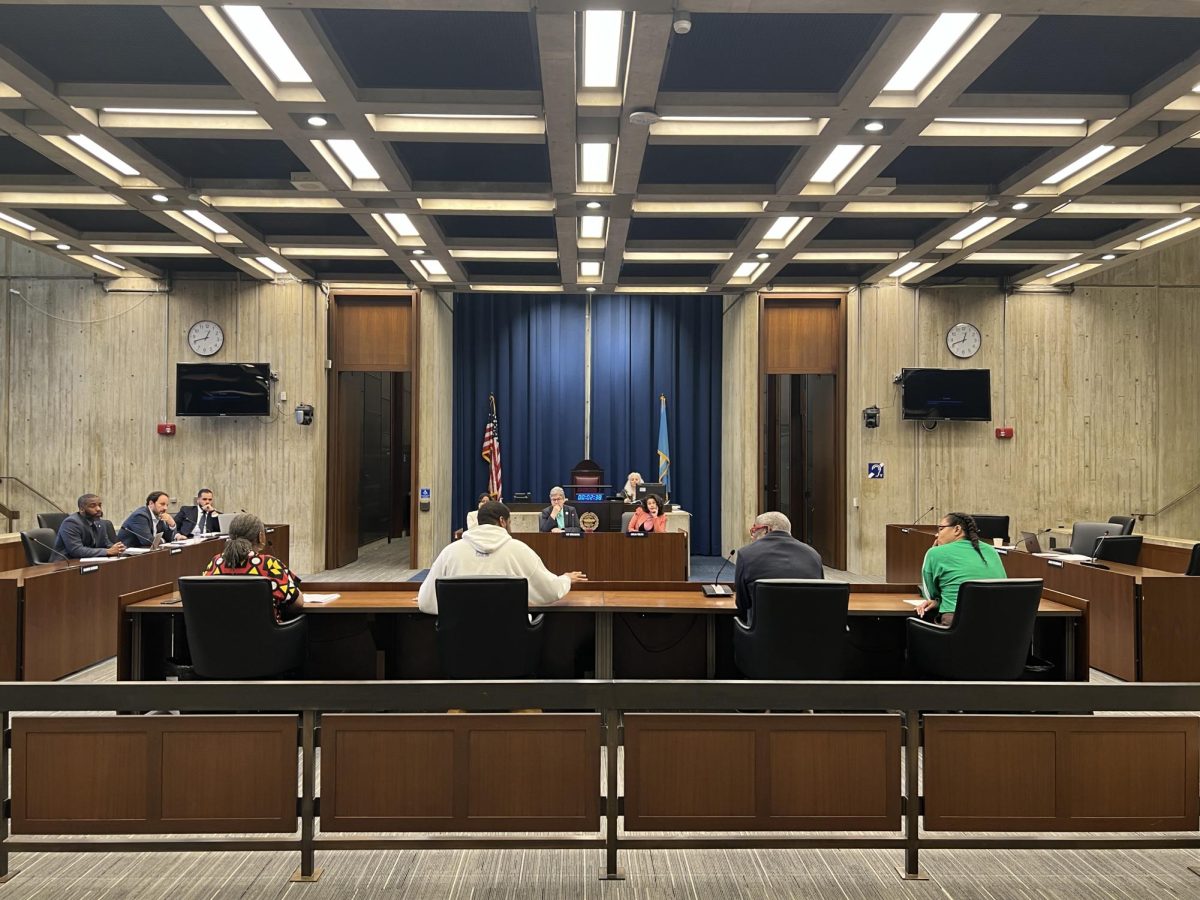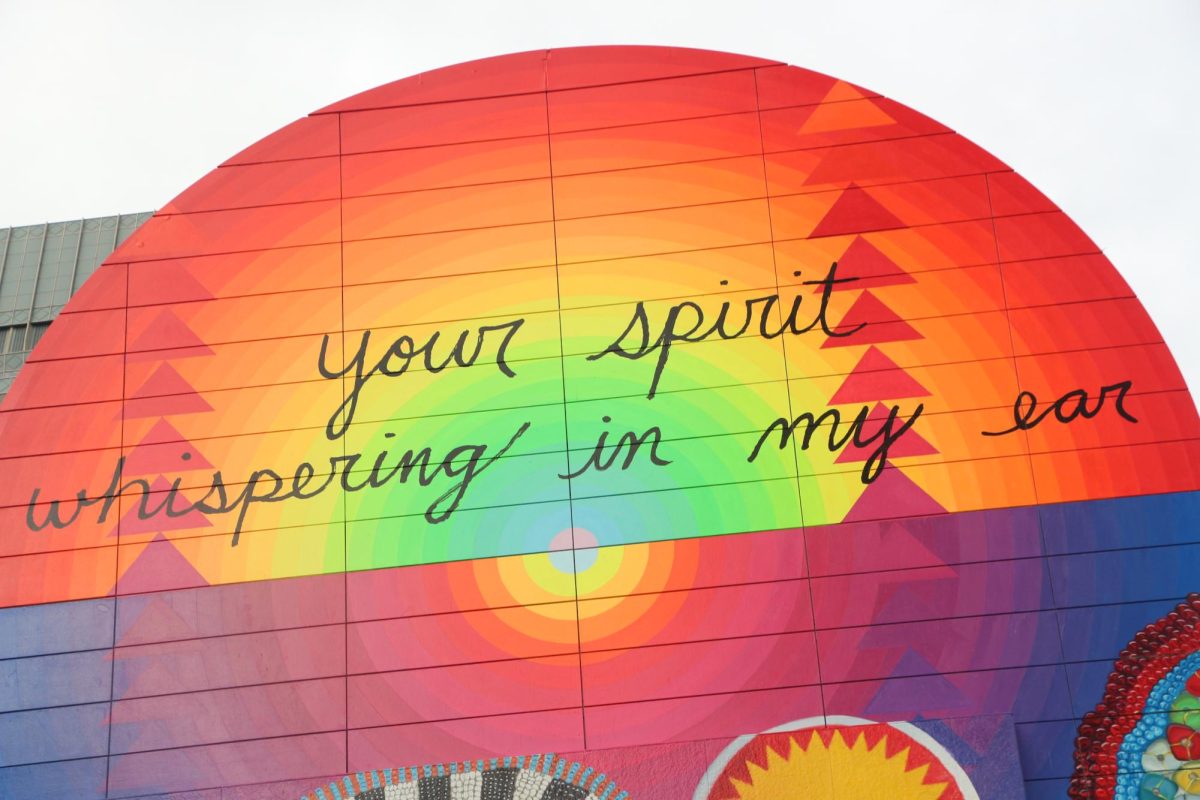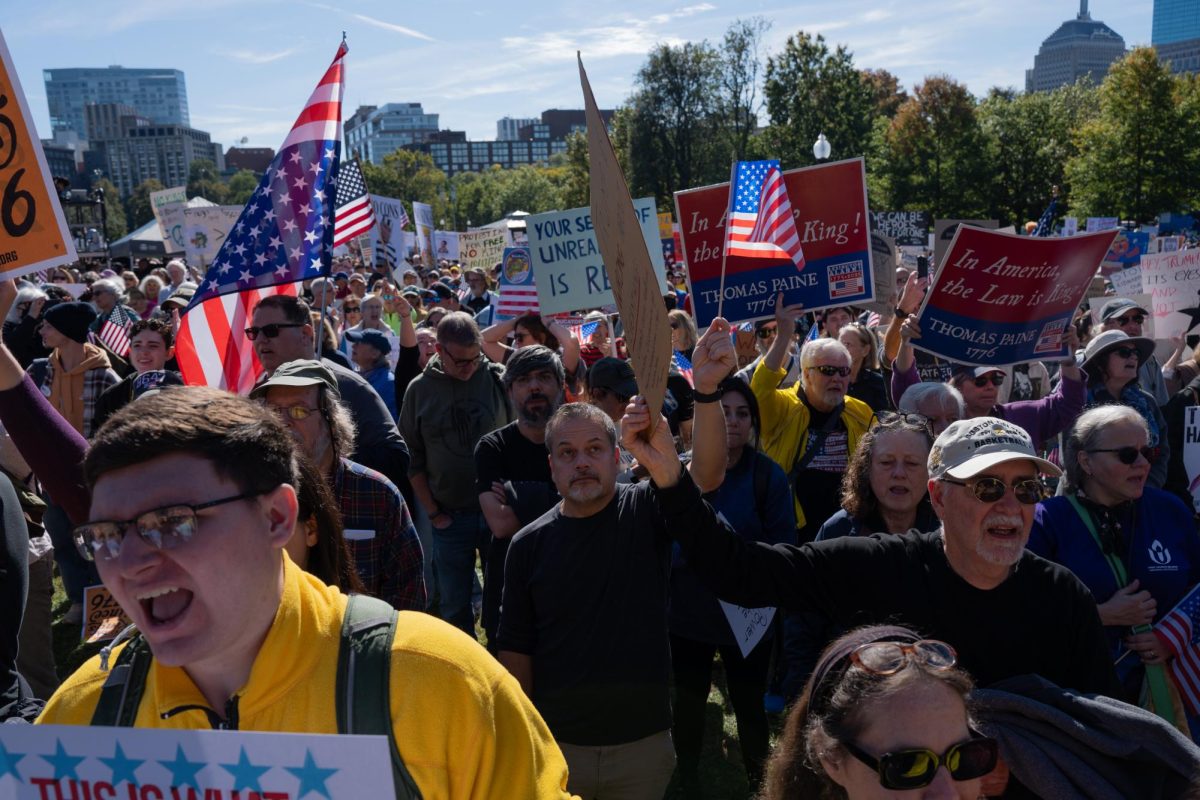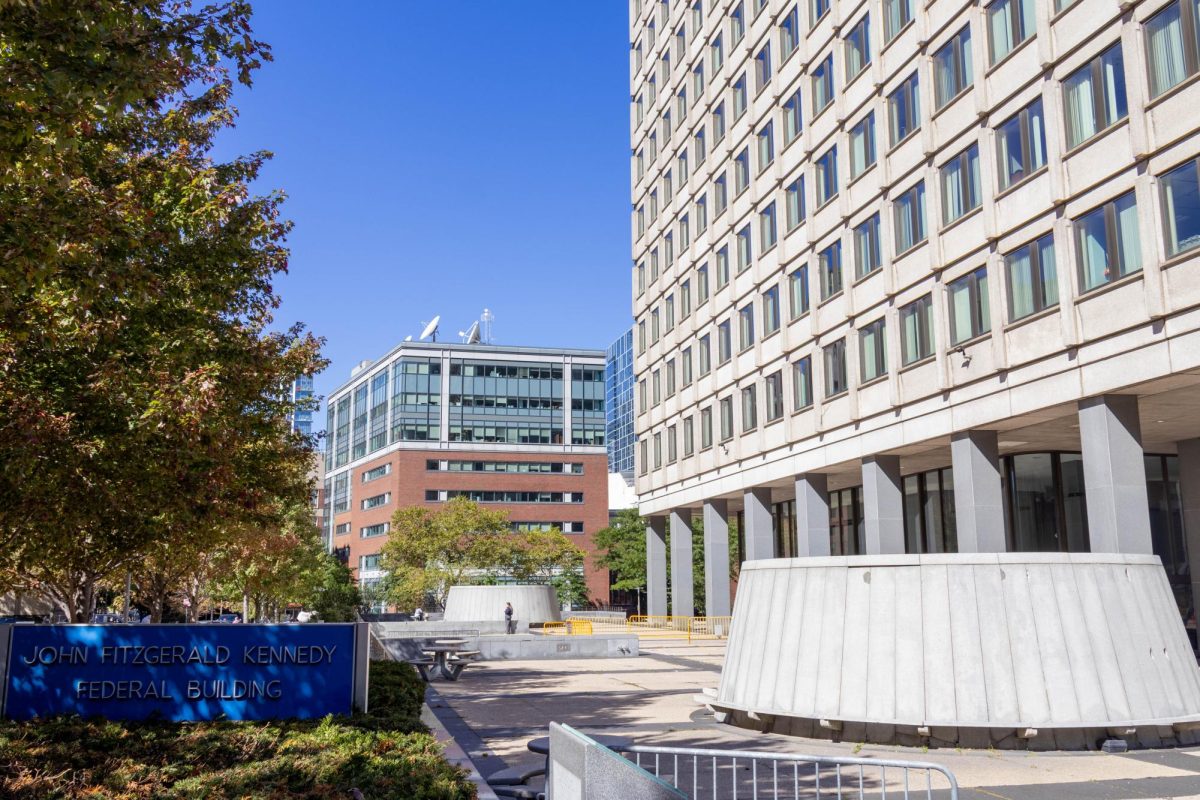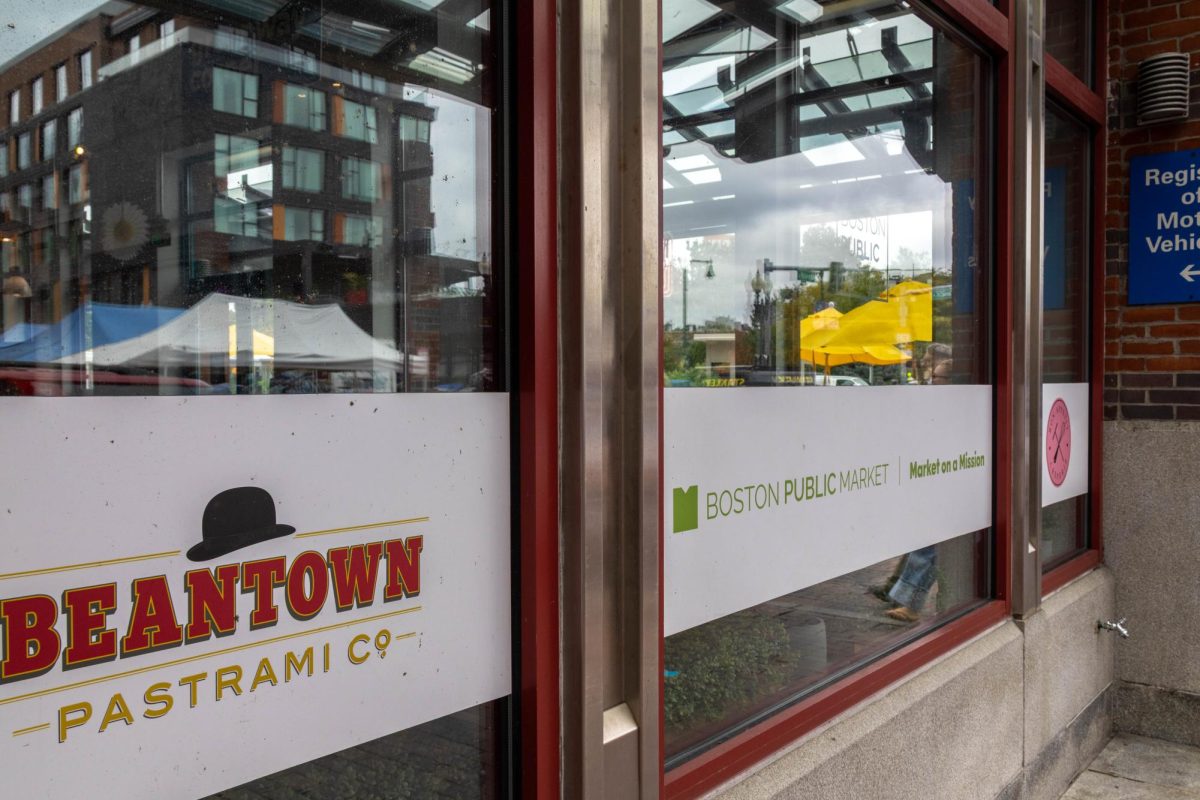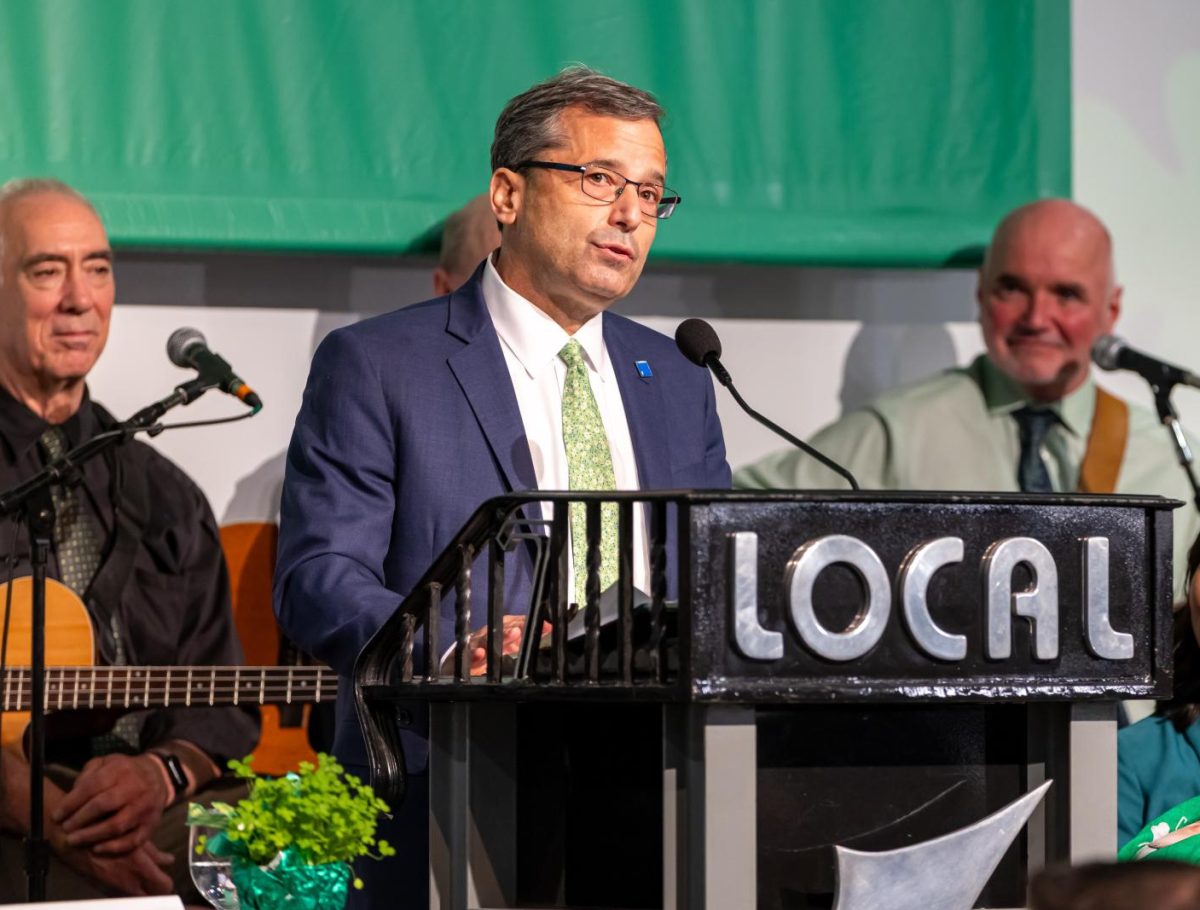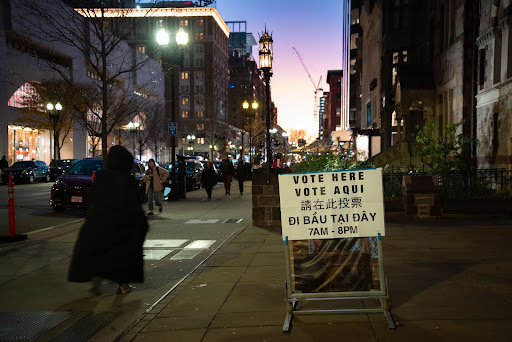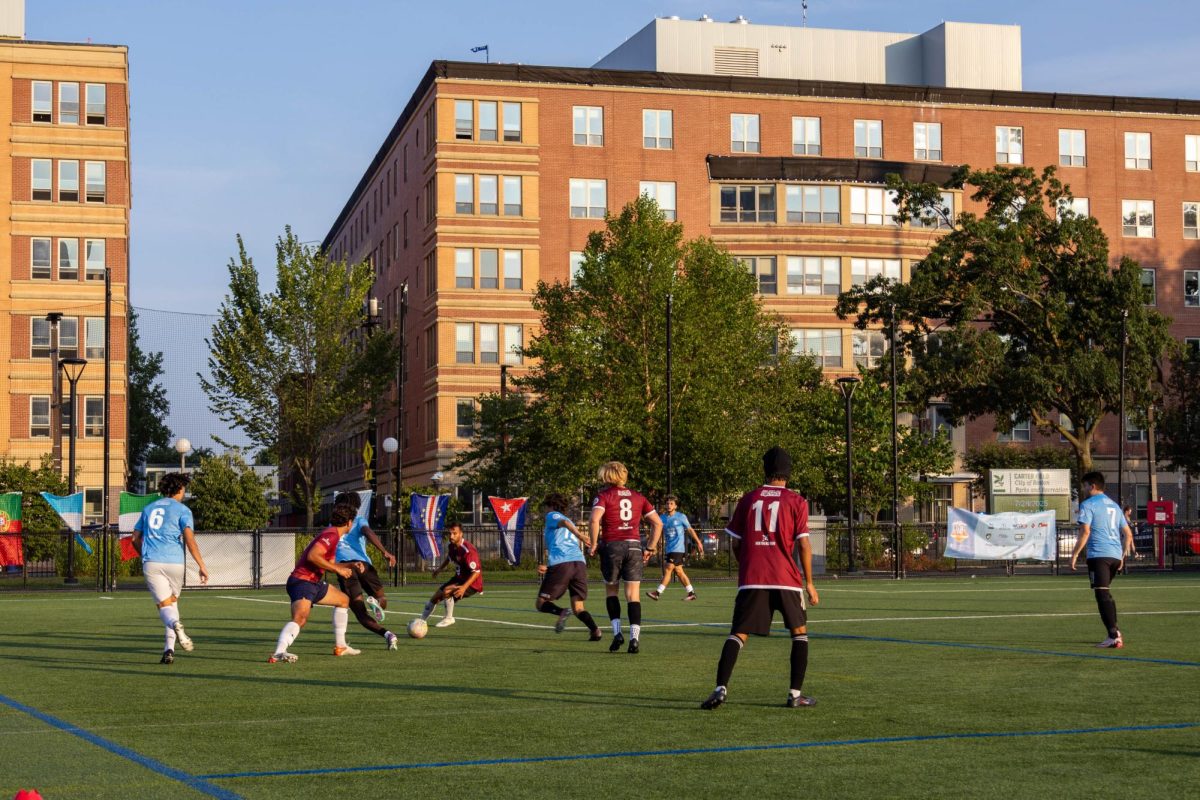An approved development on 2.4 acres in the Fenway will feature a science lab building and may include a new Boston Public Library Branch, but will not add housing space, prompting residents to pushing for more say in what is being built in their community.
Samuel & Associates Developments LLC. is the organization behind the redevelopment of 1380 to 1420 Boylston St., an area located few blocks from Fenway Park. The 553,000 square foot project, approved by a Boston Planning Development Agency (BDPA) board on Feb. 16, will not include housing but rather science labs and a civic building, as well as what could be the Fenway’s first Boston Public Library Branch.
The site was initially subject to a requirement of 60% residential use, but a recent amendment to the project’s zoning map will allow the developers to build commercial spaces there instead, a move which upset some Fenway residents.
In a BPDA meeting held on Jan. 17 to discuss the project, Sharon Durkan, Boston’s District 8 city councilor, said, “I would like to acknowledge the residents’ disappointment in the absence of any housing on a parcel originally zoned for residential uses.”
The lot is currently occupied by a Star Market and The Station, an outdoor gathering space. Now that the project has been approved, construction will soon begin.
This project comes amid a city-wide housing crisis. In the Fenway, the development of 1400 Boylston St. has been a point of contention among residents since it was proposed, who had hoped for not only housing, but also affordable childcare, a workspace for artists and a community congregation space.
To make up for the lack of residential space in this project, developers will finance $18 million worth of housing on Park Drive and award $1.3 million to the Fenway Community Development Corporation (CDC) for additional affordable housing.
“People in the neighborhood are concerned about the rising rents of $3,000 to $4,000 a month,” said Nikki Flionis, the president of the Fenway CDC, an organization that provides housing, social services and other programs to residents. “Of course, I’d prefer to see housing rather than lab space, but that’s not going to happen,” Flionis said.
Residents hope that while housing goals may not be achieved, they can still advocate for some other changes to the proposed plan.
“Maybe no one developer can provide it all, but we have all these developers and developments,” Flionis said. “If we could say childcare here, artist space here and community space here, that would be a very nice thing.”
Students make up a large portion of the Fenway’s residents, limiting the number of available properties for families and driving rent costs up. Additionally, affordable childcare facilities and public schools are lacking in the neighborhood, pushing families away from the Fenway area.
Some residents, like Mallory Rohrig, executive director of the Fenway Community Center, a gathering space for residents, find that working together to achieve common goals can help change that. Rohrig and other families fought for childcare facilities in the Fenway Corners development, which proposes eight new buildings near Fenway Park.
“We had worked together with other Fenway parents and other organizations really advocating for something to keep families here, and one of the things that came out of that is the need for affordable childcare,” said Rohrig. “So part of the mitigation that has come out of that development is their promise to include an affordable daycare center.”
Rohrig noted that the Fenway community would also benefit from “a place to gather.” The potential addition of a Boston Public Library branch to the development could start to provide the space for that, but more than the original 5,000-square-foot building is needed.
In a public comment letter, Melissa Meyer, the former director of planning in the Mayor’s Office of Arts and Culture, said, “We do not believe that 3,000 to 5,000 square feet as documented in the [Project Notification Form] is sufficient to meaningfully support Fenway’s cultural ecosystem. We encourage the proponent to consider how additional square footage can be designed and operated to support cultural uses, including additional ground-floor and upper-floor spaces.”
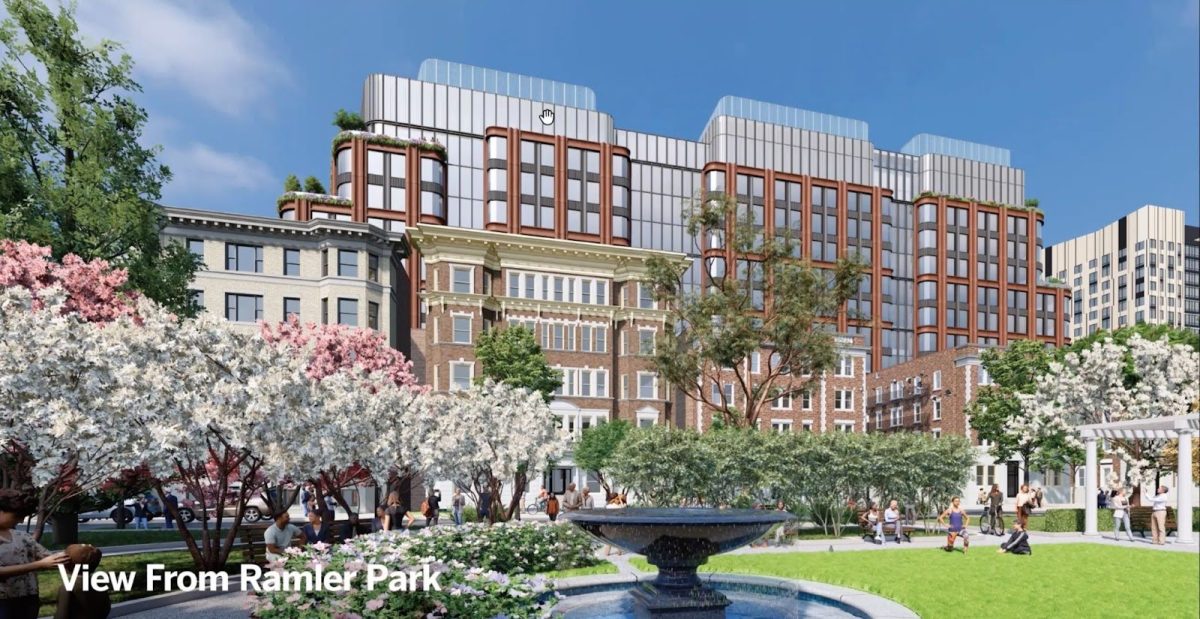
The full development plan can be found here. (Photo: BPDA)
Residents see the community space as a positive addition to the developers’ plan.
“The idea was to give space for the community that was designed to just be there and only for free use by the community,” said Kaitlin Rose, a recent graduate of Berklee College of Music who works on The Fenway Memory Project, a documentation of the oral history in the Fenway neighborhood. She feels that the library possibility is popular among residents because it provides available and accessible places for locals to come together.
“I think anytime you provide community space… it provides space for students and for families without having to go some space where you’re spending money,” said Rose.
While residents in Fenway still hope for more in their community, adding a civic space is a step in the right direction. That’s why, in a letter to the BPDA, Durkan urged the department to approve the project.
“With their $12 million commitment to the build out of a civic space intended as a library,” she said, “the Fenway neighborhood will, at long last, receive a public institution that cultivates lifelong learning, arts and culture and community.”



